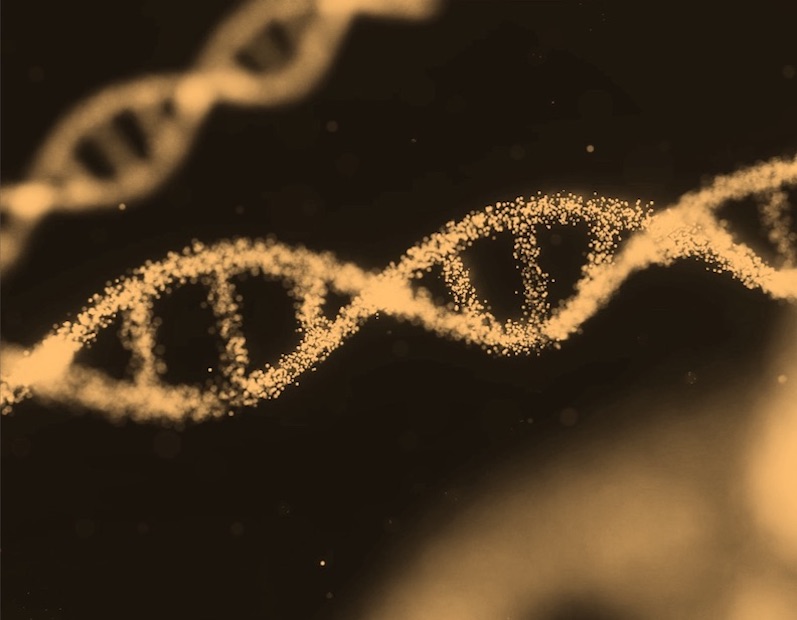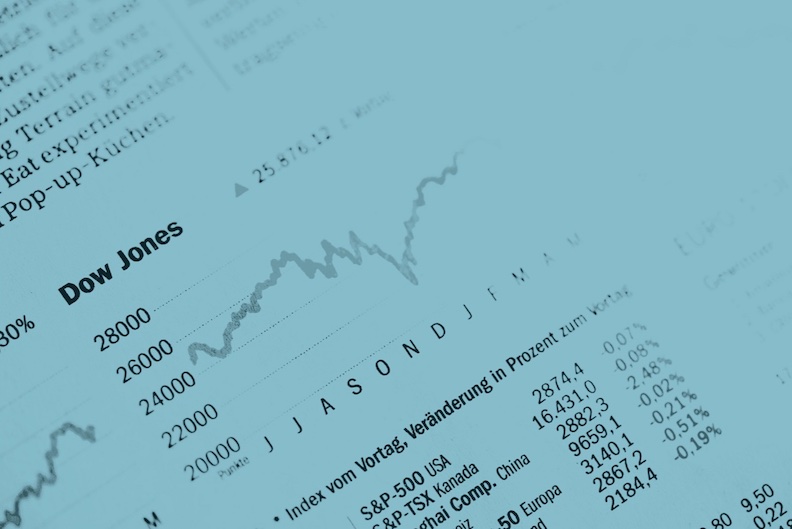What is it about?
The Antarctic Circumpolar Current (ACC) carries a huge volume of seawater across the entire Southern Ocean, around the Antarctic continent. The warmest type of water it carries is known as Circumpolar Deep Water (CDW), However, when the ACC does approach the Antarctic coast, CDW can supply heat to the floating edges of the Antarctic ice cap (called ice-shelves). CDW is not "warm" in the usual sense (it is 0.5-3°C), but it can still melt ice (about -2°C or colder) because it is warmer than the ice, in the same way you can thaw frozen meat with cool tap water before cooking it. We study these heat-carrying currents with a global computer model of the ocean. We find that winds, current interactions with the seafloor and ocean eddies (circular-ish swirling currents a few miles across), all contribute to moving the warm water heat toward Antarctica. Seasonal wind changes around Antarctica affect the heat transport (HT) near the surface and the HT due to current-seafloor interactions but not so much the HT due to eddies. Over multi-year periods, a small part of the changes in the HT are related to the climate variability taking place in the tropics and in the Southern Ocean.
Featured Image
Why is it important?
Both the processes responsible for bringing heat to the Antarctic coast and the variability of this heat supply represent knowledge needed to improve computer model simulations of the Antarctic ice cap’s melting. Improving these computer models helps reduce uncertainties in projections of global sea level rise by constraining how water is dumped into the ocean from the ice cap over the Antarctic continent, which can slide into the ocean more easily when its floating edges (the ice-shelves) get molten by the ocean. These advances help develop adaptation and mitigation policies that better address the major global societal impacts of sea level rise.
Perspectives
Two important findings of this study are the lack of seasonal variability in the eddy-driven heat transport onto the Antarctic continental shelf and the fact that the divergence of the heat transport due to along-shelf currents may be as important as the heat that comes from offshore. The former suggest that eddy stirring acting on the warm to cold cross-shelf temperature gradient may be the main eddy heat transfer mechanism, in agreement with recent studies. The latter increases our appreciation for the potential role of regional differences in the along-shelf circulation as drivers of ice-shelf melt.
André Palóczy
Scripps Institution of Oceanography/UC San Diego
Read the Original
This page is a summary of: Oceanic heat delivery to the Antarctic continental shelf: Large-scale, low-frequency variability, Journal of Geophysical Research Oceans, October 2018, American Geophysical Union (AGU),
DOI: 10.1029/2018jc014345.
You can read the full text:
Resources
Contributors
The following have contributed to this page







